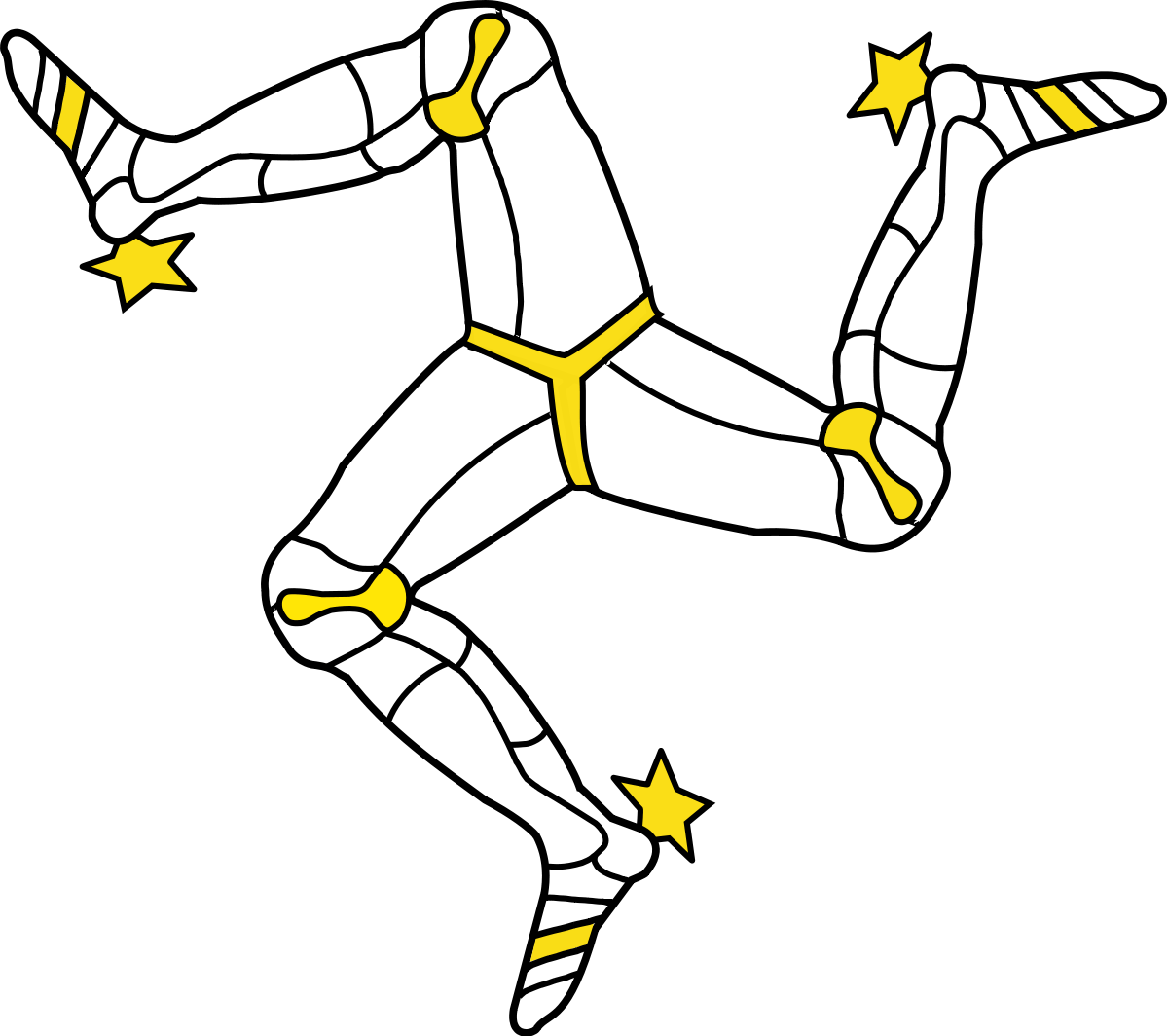
Triskelion
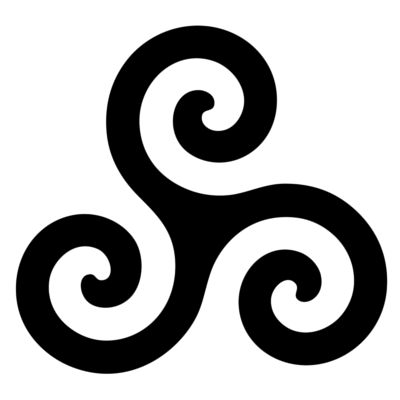
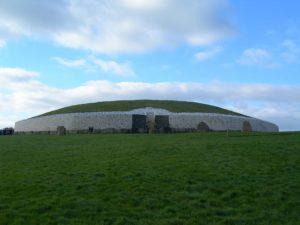
Newgrange's Tomb
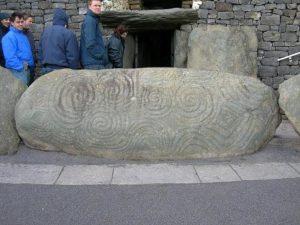
The Triskelion is visible on the rock at the entrance to Newgrange's tomb.
word triskelion (or triskele) comes from the Greek τρισκελης, "triskeles" which means "three legs". While it is true that people used it frequently during the second Iron Age, the triskelion has been used since the Neolithic era, an example of this is Newgrange's Tombdating from about 3200 BC. triskelion it is engraved there in several places, especially on the large stone right at the entrance. This and other examples clearly show that this symbol was in use for over 2,500 years before the arrival of the Celts in Ireland.
The following information about this mysterious symbol will only appear at the end of the XNUMX century, when the Triskelion appeared in the art of the Merovingians. Subsequently, this sign was again lost in the depths of world history - with the exception of Ireland, where it has been preserved on many monuments and illuminations, where even today we can find it there.
Triskelion Symbol was popular in Druidic circles in the late nineteenth century. In 1914 they were rediscovered in France, France, especially in nationalist magazines. It was then sent by the Breton National Party, which adopted it as a badge in 1940. It is still officially used in Ireland today (it also appears on isle of man flag).
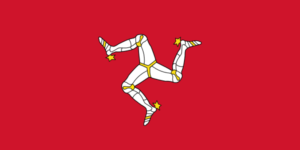
The Triskelion is seen on the Isle of Man flag
The renaissance of Celtic music and its success (for example, Alan Svetell) was largely due to the promulgation of this symbol. The Triskele style was popularized by the media and promotions in the UK and then spread a bit across France and other countries in the form of logos, jewelry, clothing, etc. through pop culture triskelion is strongly associated with Great Britain (ancient druids, etc.).
What does the Triskelion symbolize?
It is very difficult to clearly define the meaning and symbolism of the Celtic triskelion, because the knowledge of the Druids was transmitted only orally.
- The rotating curved shape of the arms would be symbol of dynamism, movement and life.
- In Celtic iconography, this symbol could be three points of the sun's movement: Voskhod, zenith i sunset.
- Triskelion could too symbolize the passage of time: past - future or three life cycles (childhood, maturity, old age).
- It is also assumed that he can represent the "three worlds": world of the living, dead i spiritual world.
- The triskelion can symbolize three elements (water, fire and earth).
Leave a Reply